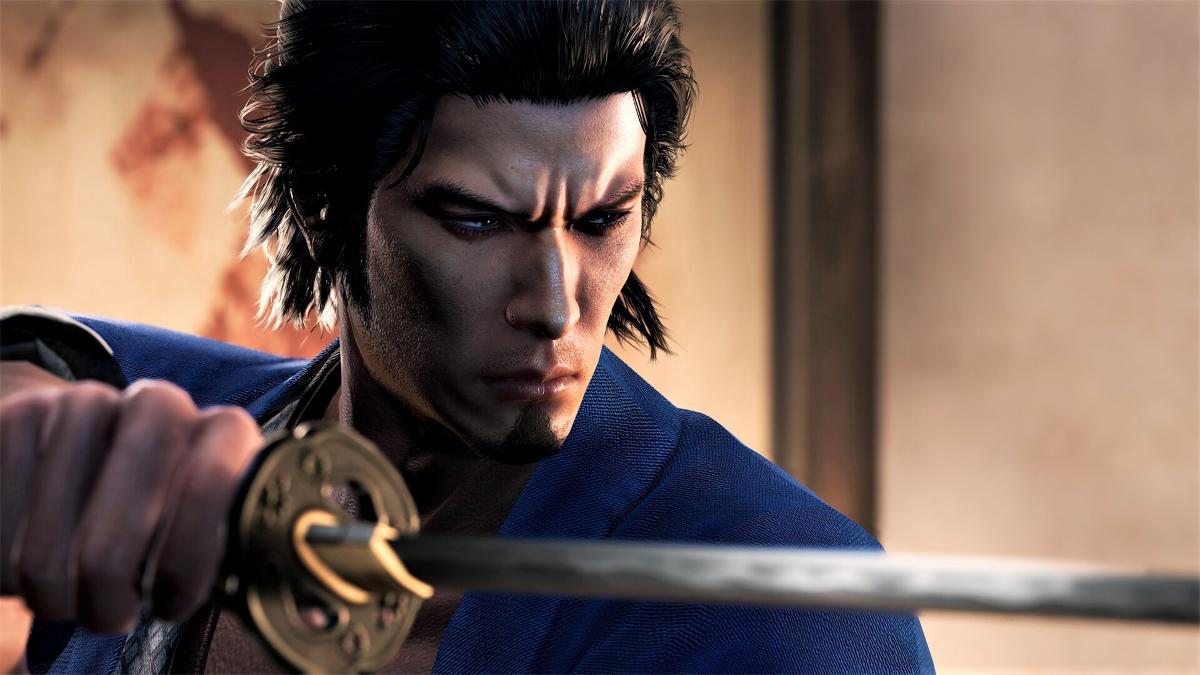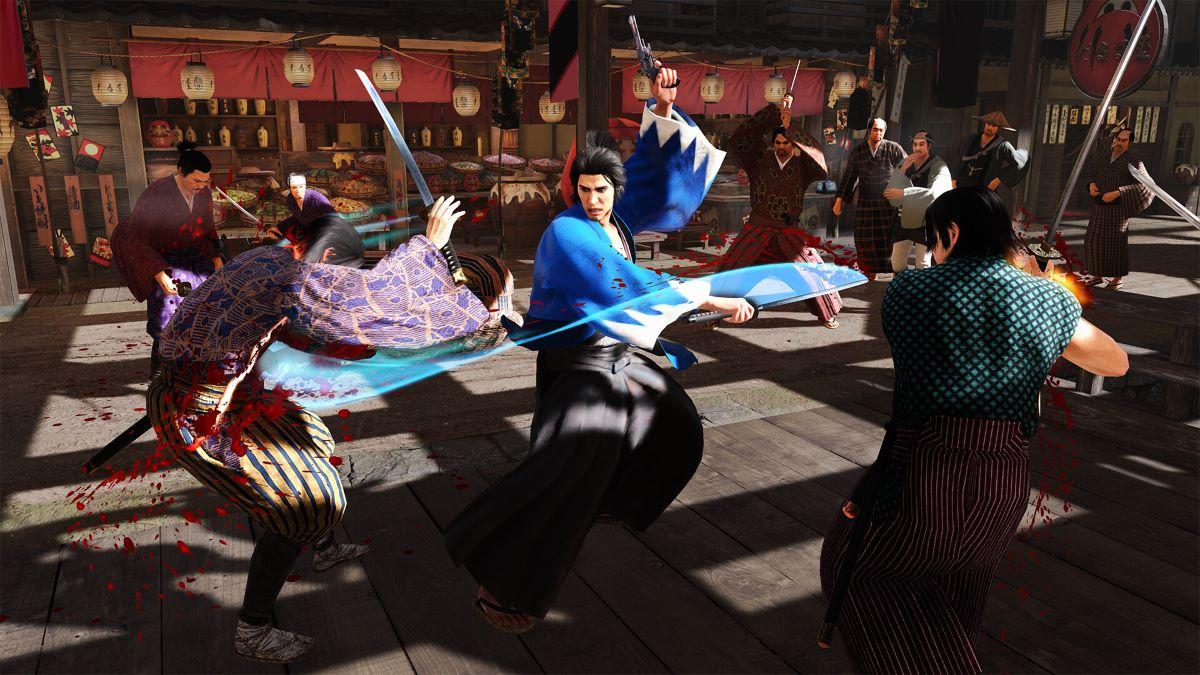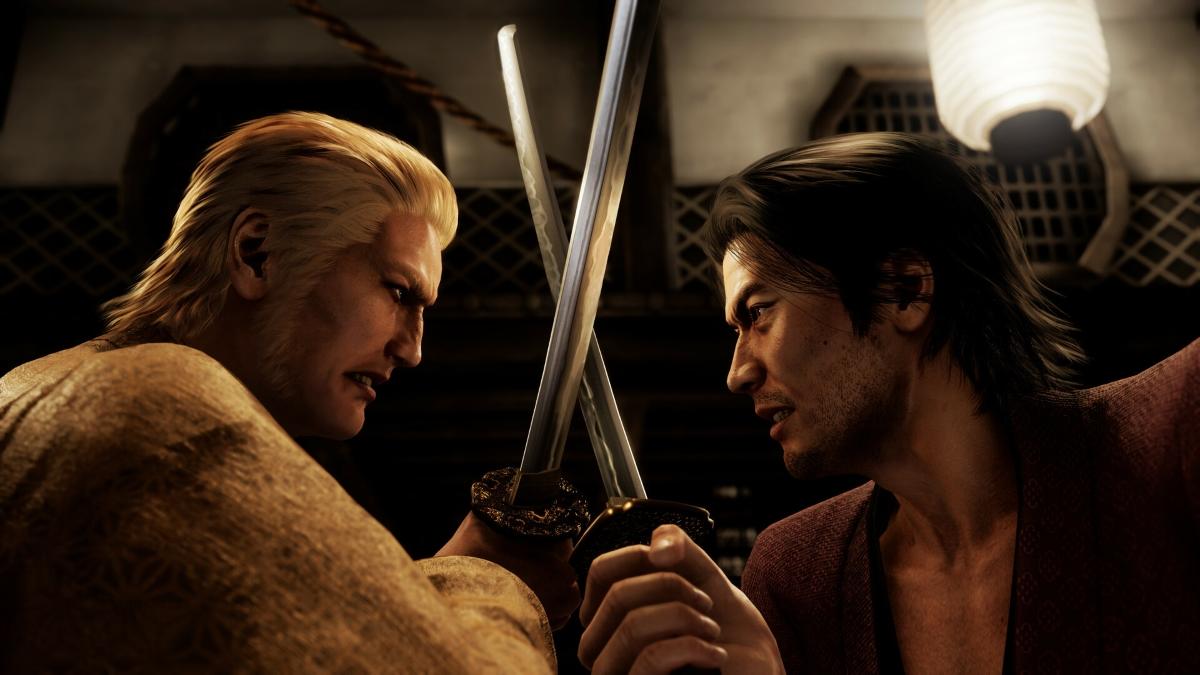Like a Dragon: Ishin Review: An Excellent Remake of a Hidden Gem
Like a Dragon: Ishin is definitely one of my favorite entries in RGG Studio's Like a Dragon (formerly Yakuza) series. Originally released in Japan all the way back in 2014, Ishin was one of the only core games in the franchise that Sega had never released in the West. Now, thanks to a fantastic new remake, Ishin is more accessible than ever before and absolutely shouldn't be slept-on in a busy year of releases.
Rather than taking place within the core Like a Dragon series, Ishin opts to roll the clock back by over 100 years to 1863. Here, the game centers around an entirely new cast of characters that are based on real-world figures and their disputes in a tumultuous time in Japan's history. And while this might sound like it has nothing to do with Like a Dragon on paper, RGG Studio opts to have the biggest characters from the series portray these new roles. For instance, the likeness and voice of the franchise's main protagonist, Kazuma Kiryu, is once again present, but instead is shown as the samurai Sakamoto Ryoma. Numerous other allies, villains, and other familiar faces from the Like a Dragon series appear over the course of the game which makes for an added bit of fun for those who are intimately familiar with the saga.

The throughline narrative of Like a Dragon: Ishin also happens to be one of the game's strongest aspects. Although the storytelling can be a bit long in the tooth at times, Ishin finds a way to tell a relatively basic tale that is still rife with complex characters and dynamics. Ishin is also filled with plenty of twists and turns, and while not all of these moments (particularly near the game's conclusion) feel warranted or surprising, it still makes for an engrossing experience from start to finish.
Gameplay is where Like a Dragon: Ishin opts to make some big departures compared to other installments. For the most part, previous Like a Dragon titles center around hand-to-hand combat. And while most of those same mechanics are seen in Ishin, the game places a far stronger emphasis on weapons, namely in the form of a katana and pistol.
The inclusion of these new primary weapons lead to Like a Dragon: Ishin incorporating some of the more unique fighting styles that have ever been seen in the franchise. In total, Ishin has four different combat stylings. Three of these are relatively basic and center around the sword, gun, and hand-to-hand combat. The fourth, though, which is called Wild Dancer, weaves in elements of swordplay and gunplay to create a style that is wholly unique to Ishin. For nearly the entire time I played Ishin, I opted to use Wild Dancer as it felt constantly engaging and put a larger focus on the game's new combat options.

Trooper Cards are another new addition in Like a Dragon: Ishin and they often make the game downright ridiculous. For the most part, Trooper Cards are special abilities that can be used during combat once charged up. These abilities can do relatively basic things like briefly improve your attack damage, but they also have the power to let your character shoot fireballs out of their hands. There are a ton of Trooper Cards in Like a Dragon: Ishin and mixing and matching the ones that you obtain to create your own unique decks was consistently fun.
If there is one aspect of Like a Dragon: Ishin that I find myself disappointed with, it would be the side quests. While the main tale that Like a Dragon: Ishin weaves is filled with high drama, the game's secondary tasks opt to get a bit goofier. For me, this has always been my favorite part of previous titles in the series as I'll get lost in doing secondary missions for hours on end. With Ishin, though, I found that many of the game's side objectives were pretty lacking. Virtually half of the game's side quests are simply meant to segue into bonds that can then be formed with various characters around the world. And while this makes Ishin feel a bit more lived-in, the act of improving these bonds with characters was more often than not quite boring.

Outside of side quests specifically, Ishin offers a vast number of additional ventures that you can find yourself engaged with. Like a Dragon staples like karaoke, fishing, and even a battle arena all return in Ishin, but this remake also folds in some other unexpected aspects. Notably, Ishin contains a farming sim of sorts that is far more enjoyable than it probably should be. Past Like a Dragon games have always done a great job of incorporating additional offerings like this, and Ishin proves to be no different.
The only other negative thing that I have to say about Like a Dragon: Ishin is that its world feels a bit disjointed, especially by comparison to other entries. Whereas the frequently recurring city of Kamurocho in the main Like a Dragon series feels cohesive and natural, Ishin's main town is disjointed and often boring to navigate. This resulted in me using the game's fast-travel system far more than normal, which isn't necessarily a terrible thing, but it did lead to me growing more tired of my surroundings than I would have anticipated.
If you somehow haven't played any Like a Dragon games in the past, Ishin is an excellent starting point. Although it doesn't tie in with the core series in a major way, Ishin hits all of the broad beats of the Like a Dragon formula to great effect. The result is a remake that doesn't feel all that dated whatsoever and proves that Sega and RGG Studio made a fantastic decision to finally bring this title to a much wider audience.
Rating: 4 out of 5
Like a Dragon: Ishin is available now for PlayStation 5, PlayStation 4, Xbox Series X, Xbox One, and PC. A review copy of the game was provided by the publisher and it was reviewed on a PS5 console.
0comments